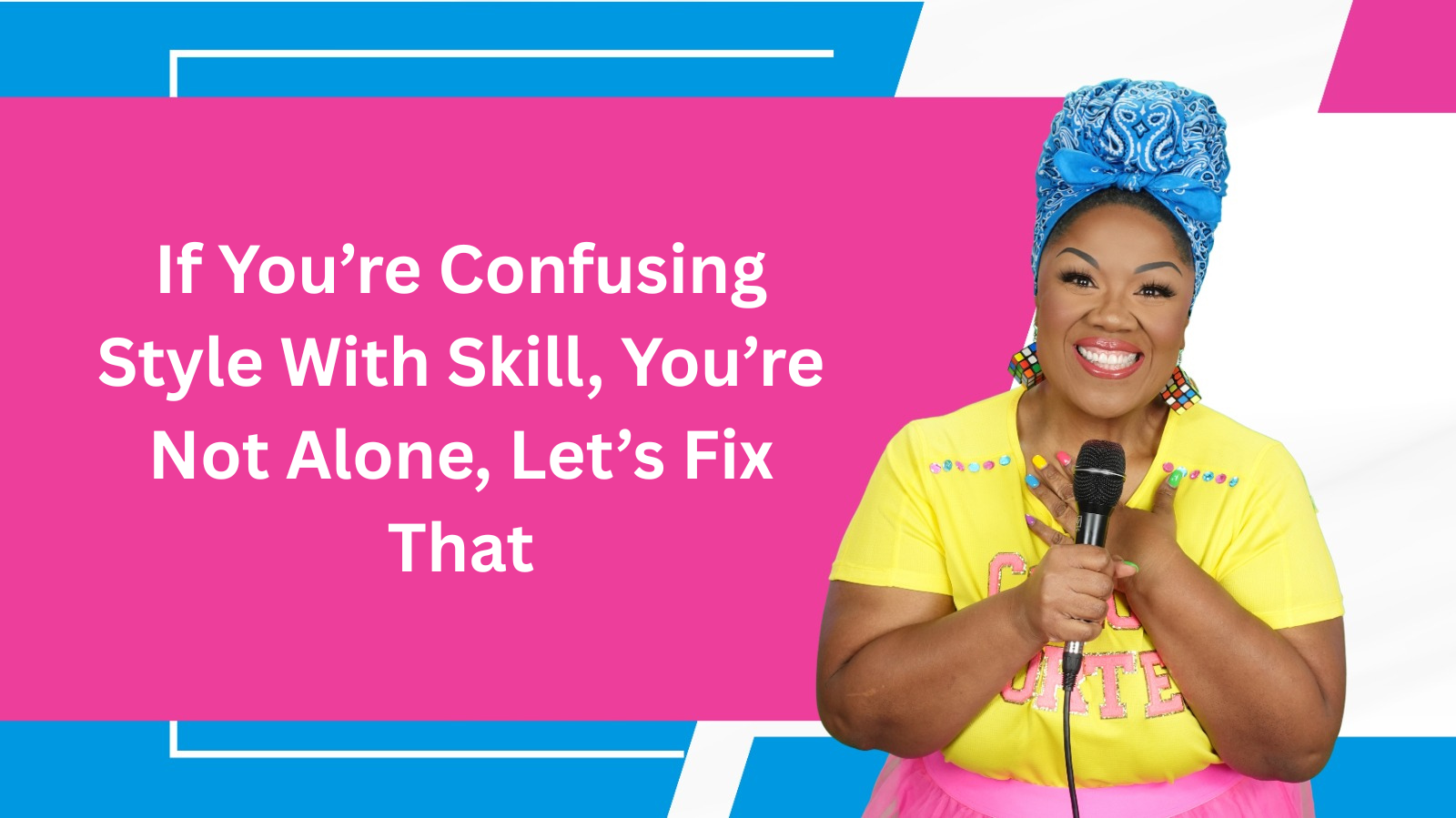I see it all the time. A student walks in, full of fire, ready to sing their heart out. They riff, they run, they move like they’ve studied every vocal challenge on the internet. But something’s missing. The notes are there, the tricks are sharp, but the connection is weak. They’ve got style, sure. But they haven’t yet built the skill.
And you know what? That’s more common than people think. Most singers today grow up watching stylized performances and copying what they see. They learn how to look confident before they ever learn how to be confident in their voice. They learn how to decorate the surface before they understand the foundation underneath.
So if you’re confusing style with skill, you’re not alone. But you can fix it. And it starts with understanding riffs runs and licks in music not as tricks, but as tools. You have to know what each one is doing, when to use it, and more importantly, why.
Why Style Without Skill Falls Flat
Let’s be real. Style is magnetic. It draws people in. It’s how we express personality, emotion, even attitude. But without skill backing it up, style becomes hollow. It’s a coat of paint on a shaky wall. The surface looks good, but one wrong move and everything falls apart.
A run without proper breath support loses shape. A riff thrown into the wrong part of a melody feels awkward. A lick that’s out of rhythm breaks the flow. Style without awareness becomes distraction, not expression.
That’s why I always teach singers to build their foundation first. Get the support right. Learn how your instrument works. Then add color and flavor once you’ve got the structure to hold it.
One Common Question
Is it better to focus on vocal technique or vocal style first?
Start with technique. Once you understand breath, placement, and pitch control, your style will have the freedom to shine without falling apart.
The Purpose Behind Each Tool
Let’s talk about the three most misunderstood parts of vocal style: riffs, runs, and licks. Too many singers lump them all together like one big swirl of notes. But they’re different. And each one brings a different texture to your performance.
A riff is short, sharp, and expressive. It often punctuates a phrase, giving it a little lift or emotion. A run is longer and more fluid, usually spanning multiple notes with precision. A lick? That’s a musical idea with rhythm and intention, often borrowed from gospel, jazz, or blues.
If you’re using these tools randomly, they lose their power. But when you know the difference, you use them with intention. You say more with less. You control the moment instead of letting the moment control you.
Singers Don’t Need More Tricks
Here’s the truth. Most singers don’t need more tricks. They need more control. More awareness. More connection. You don’t have to fill every line with movement. Sometimes the most powerful thing you can do is hold a note with clarity and let the tone speak for itself.
Mastery isn’t about doing the most. It’s about doing the right thing at the right time. That’s what separates a good singer from a great one. The ability to choose instead of just copy.
Building Skill Means Slowing Down
If you want to turn style into skill, you have to slow down. Break your favorite riff apart and sing it one note at a time. Practice the same run with different vowel shapes. Take a lick and move it into different keys. Feel how your voice responds. Notice what feels easy and what feels tense.
That process is where the real growth lives. Not in the flashy moment, but in the quiet repetition. That’s where your muscle memory builds. That’s where confidence forms. That’s where your true voice emerges.
Style Gets Noticed, But Skill Gets Remembered
When a singer walks on stage with style, the audience looks up. But when that singer stays in control, when every note has a purpose, that’s what leaves a lasting impression. Style grabs attention. Skill keeps it.
And here’s the kicker. The more skill you build, the more your style evolves naturally. You’re not mimicking anymore. You’re expressing. Your riffs are your own. Your runs feel honest. Your licks carry weight. Because they’re backed by experience, not guesswork.
Final Thought
You don’t have to choose between style and skill. But you do have to learn which one comes first. Style is the shine. Skill is the substance. Learn how your voice works. Study your tools. Build that foundation strong. And when it’s time to shine, you won’t just look like a singer. You’ll sound like one.

